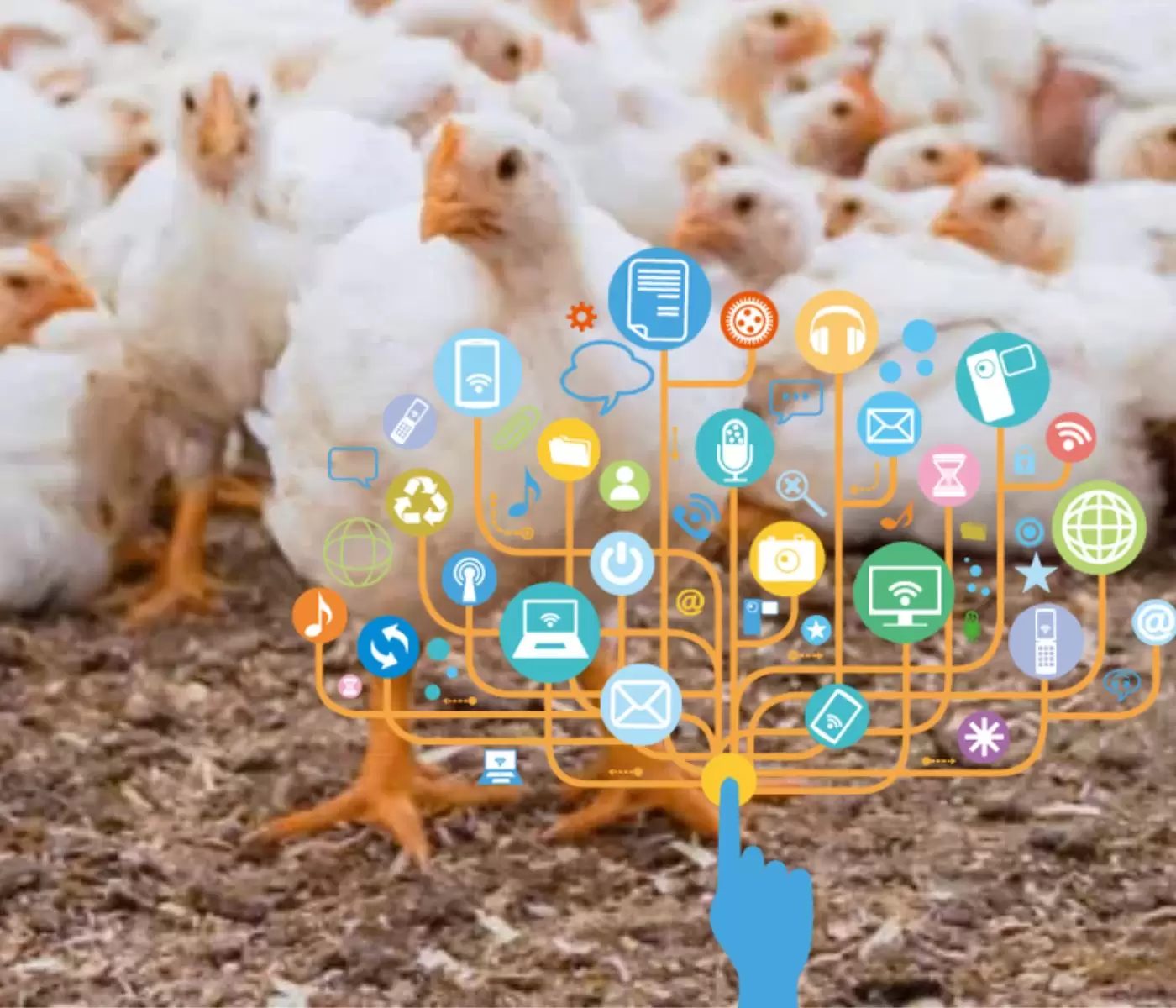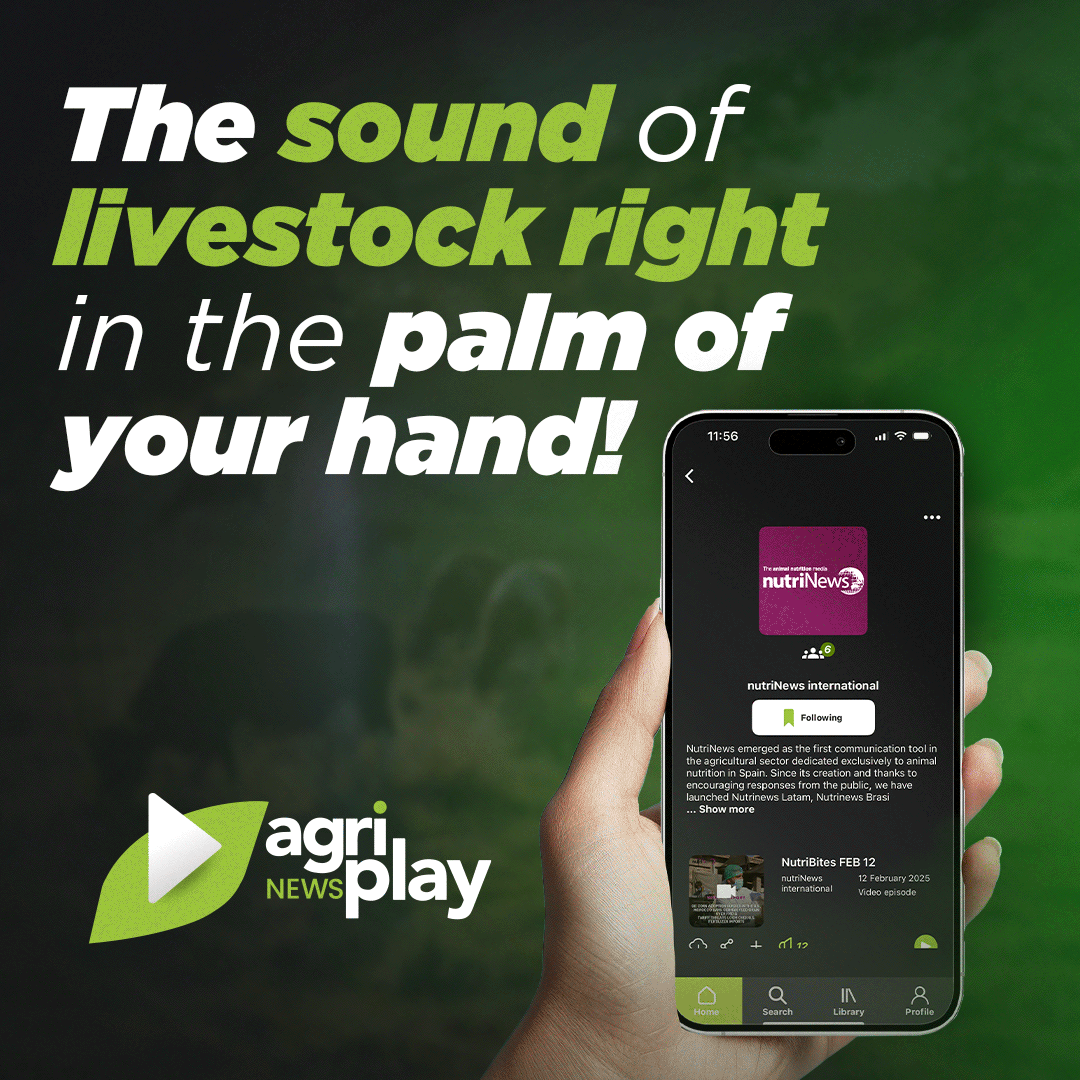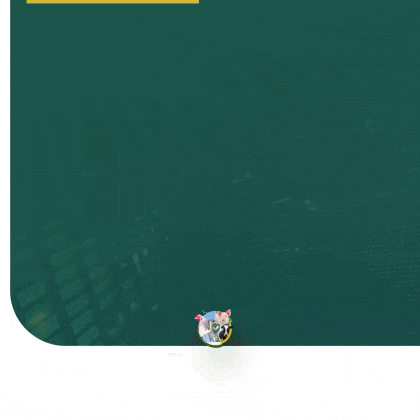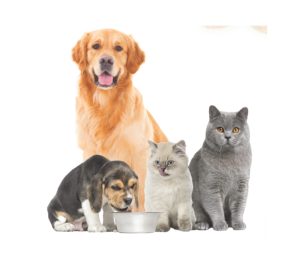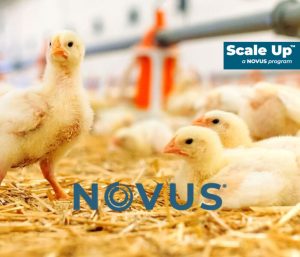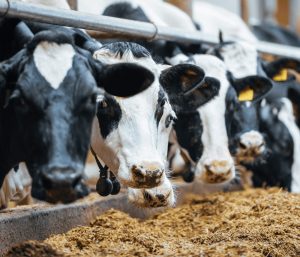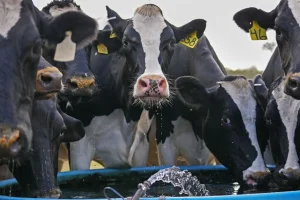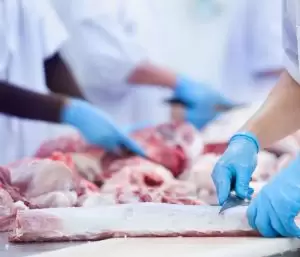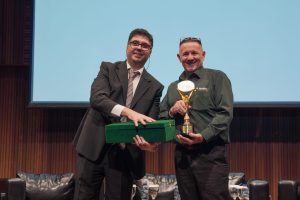Internet of Animals: the future for health and welfare assessments in poultry
This article reviews some of the sensors that are already being used to assess poultry welfare using the Internet of Animals, IoA. As well as looking into those sensors that are still being revised and that could soon become important monitoring tools.
The poultry industry has been receiving some of the benefits of the rapid expansion of electronic sensors, devices, telecommunications, software, the internet, and cloud-based connectivity. However, new developments in these areas can take us to a whole new level.
- The adoption rate of new technologies in the poultry industry is one of the highest in the agricultural sector. One of the most disruptive technologies is the Internet of Things (IoT), the network of interconnected devices and software without human
- In the poultry sector, the Internet of Animals (IoA) starts when these interconnected systems transfer data to the network related to the animal environmental conditions and the animal responses to be used in decision-making or to take immediate actions.
- The IoA belongs to the technological movement of smart farming and precision livestock farming technologies.
- The IoA can help to improve the efficiency, biosecurity, food safety, welfare, sustainability, and transparency of the poultry industry.
In the Internet of Animals, IoA, electronic sensors that measure physiological parameters may make a difference in future welfare assessments.


